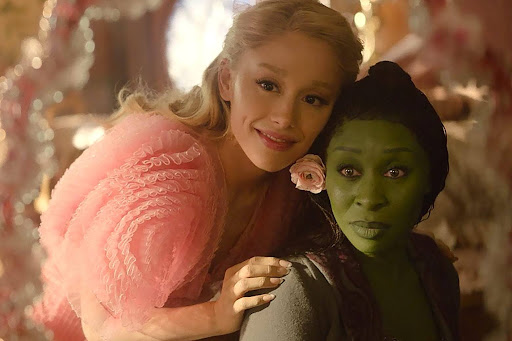The Boy in the Striped Pajamas Review
Credit: The Boy in the Striped Pajamas movie
This book is extremely sad, but also very interesting and powerful.
I have always found the Holocaust extremely interesting. During and before World War II, Germans (the Nazi party) invaded Poland and many other places and killed and mistreated many of the non-Germans in the area. In all of the books I have read about the Holocaust, from Resistance by Jennifer A. Nelson to Warsaw Orphans by Kelly Rimmer, only one book stood out from the rest: The Boy in the Striped Pajamas by John Boyne.
The Boy in the Striped Pajamas stands out because of its point of view. The point of view is of a nine-year-old German boy named Bruno. Bruno’s family is very wealthy, and he gets whatever he wants. Bruno’s dad is a commander of the Nazis, and Bruno’s sister, Gretel, is obsessed with dolls and politics. We don’t hear about his mother much through the story; she is, as some would call her, a flat character.
Bruno’s life gets turned upside down when he comes home one day to see all of his clothes in a suitcase and all of his room decor ripped off the wall and packed away. His maid, Maria, tells him that the whole family will be leaving to go to camp. We later learn that his father has been promoted to Commandant of Auschwitz. Bruno, being the naive little tot that he is, thought it was a family summer camp. When he reaches the camp, he gets the biggest shock of his lifetime.
At this point in the book, I realize that Bruno and Gretel are so well guarded by their parents that they don’t even know of the injustice that is being done by their people, even by their own father. It is here in the story at the “Out-With” camp (as Bruno incorrectly pronounces it) that Bruno sees the extremely difficult life of the people behind the fence. The people behind the fence are, in his family’s eyes, filthy people far below them.
Bruno loves exploring. When he is on one of his missions to find something interesting to do, he stumbles upon the fence that divides the Jews with the Germans. It makes sure that no Jews are able to leave the isolated camp.
Behind the fence Bruno sees desert land, barren with only tiny huts and a few people outside. When the people see Bruno, everyone runs inside for fear he is here for the round up. Bruno notices one hungry-looking boy on the ground across from him. Bruno sits down and notices his features are thin and weak. He starts talking to the boy and soon becomes fast friends with him, not knowing he is a Jew.
Bruno is nice, and that is not something that I would think of when I think of a child of a Nazi. He is not aware of the boy’s circumstances, not aware that he is Jewish, and just sees someone his age.
Bruno visits this friend, Shmuel, everyday, and finds out that they share a birthday! He then talks about plans to get him across the fence. Bruno also feels lots of guilt. He once blamed something on a former family servant, got him fired, and felt super bad once he realized the poor guy now had no job.
In the end, Bruno’s family plans to leave Auschwitz. He would otherwise have been very happy to go, but he didn’t want to leave Shmuel. So, Bruno made a plan and he crossed the fence to the concentration camp. Dressed as a prisoner, Bruno is captured with Shmuel and they are led into a gas chamber. Bruno tells Shmuel that he is his best friend, and the last thing we know is that they never stopped holding each other’s hands.
A week before his family was to leave, his sister noticed that Bruno wasn’t to be found. They looked everywhere, and the only thing they found of him was his German coat and clothes neatly in a pile outside of the fence.
This book is so good — the ending is sad, but I would still recommend you to read this book. I appreciated the unique but real take on the Holocaust tragedy. The Boy in the Striped Pajamas is so interesting that I finished it in 2 days, and, in my mind, it is a must read.
Tvesha Patel ’27, Staff Writer
27tpatel@montroseschool.org











